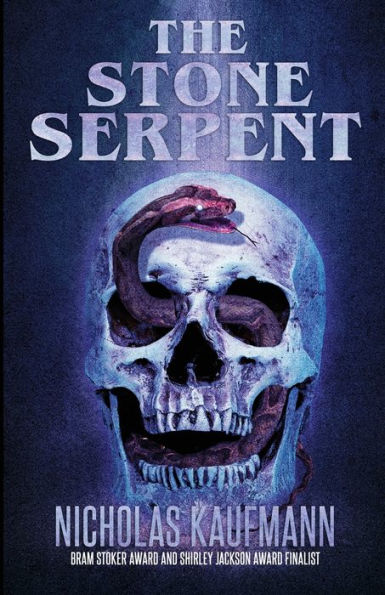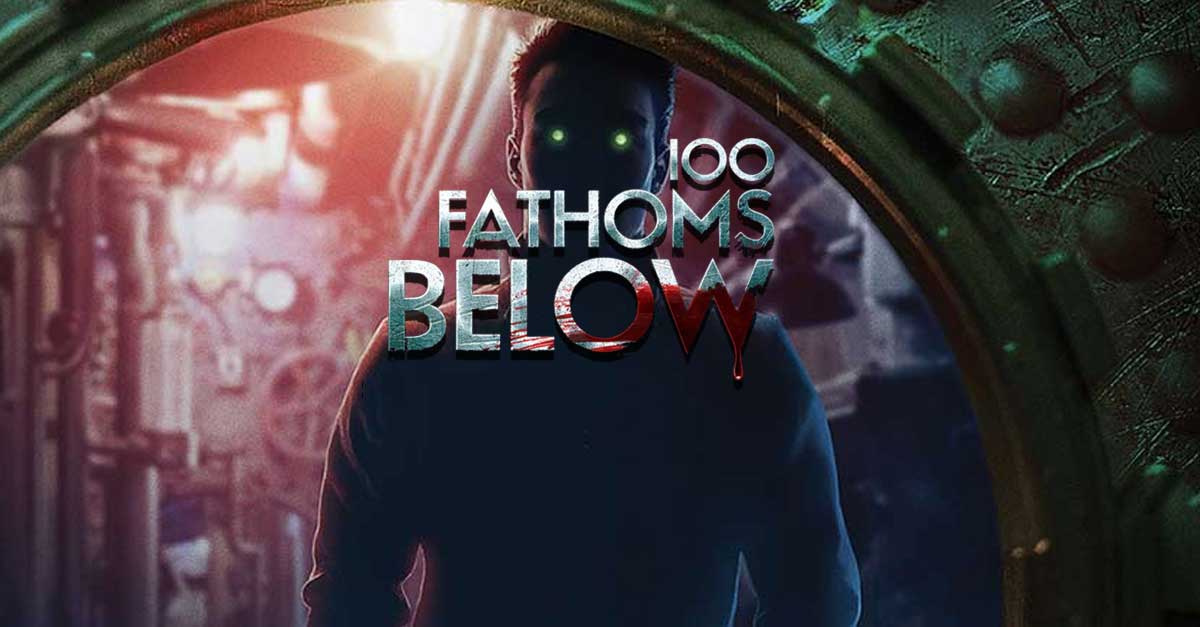 I recently had the pleasure of reading Nicholas Kaufmann’s newest horror novel, “The Stone Serpent.” This sequel to Kaufmann’s 2021 novel “The Hungry Earth” takes place a year after the events of the first book and follows the main character, Dr. Laura Powell, as she tries to re-establish some semblance of normalcy in her life. The story’s premise (which you can read over on Goodreads) was a lot of fun, and the fast pace kept me engaged from start to finish.
I recently had the pleasure of reading Nicholas Kaufmann’s newest horror novel, “The Stone Serpent.” This sequel to Kaufmann’s 2021 novel “The Hungry Earth” takes place a year after the events of the first book and follows the main character, Dr. Laura Powell, as she tries to re-establish some semblance of normalcy in her life. The story’s premise (which you can read over on Goodreads) was a lot of fun, and the fast pace kept me engaged from start to finish.
Kaufmann does love his research. In all his novels, he adds a sense of authenticity by including numerous (and often terrifying) scientific details. The science was one of the things I enjoyed so much in his vampires-on-a-submarine horror novel, “100 Fathoms Below.”  As with his other books, “The Stone Serpent” is packed with interesting and accurate scientific facts and descriptions. That said, the science sometimes felt wedged into scenes without good reason. Often, descriptions felt included just for the sake of serving up a creepy or interesting fact. More than once, I wondered why a small-town medical examiner would know about so many facts unrelated to medicine. Nevertheless, all those not-necessarily-needed scientific facts were so interesting (and morbid) that I enjoyed their inclusion regardless.
As with his other books, “The Stone Serpent” is packed with interesting and accurate scientific facts and descriptions. That said, the science sometimes felt wedged into scenes without good reason. Often, descriptions felt included just for the sake of serving up a creepy or interesting fact. More than once, I wondered why a small-town medical examiner would know about so many facts unrelated to medicine. Nevertheless, all those not-necessarily-needed scientific facts were so interesting (and morbid) that I enjoyed their inclusion regardless.
The main character, Dr. Laura Powell, is a woman I could easily root for–smart, self-confident, capable, and caring. Booker, her boyfriend, is equally likable if a bit passive. His role in the story was mostly to offer emotional support for Laura and to tell her to be careful. There were a few moments when I wanted him to step up and step in, saying, “No, sorry. I can’t let you do this crazy thing because I care about you. It would be irresponsible to let you do such this incredibly dangerous and poorly thought-out thing.” But, this is a somewhat campy horror novel we’re talking about, and characters acting illogically is part of the genre.
As Laura navigates her way through a new crisis, she grapples with a prickly new police Chief, Elana Morales. The chief’s cold affectation and constant micromanaging makes her highly unlikable. Once Kaufmann shared her backstory, though, I started rooting for her as hard as I was rooting for Laura.
A general issue I had with this book was with Kaufmann’s heavy use of exposition as a writing technique. While some explanations helped establish setting or provided context, the abundant exposition did occasionally detract from the immediacy of the action. I wanted to be told less and shown more. A related issue was with the use of dialogue to explain things. There was a lot of “as you know, Bob” conversations throughout this story.
There were two subplots to this story competing for the readers’ attention. One involved the cutting-edge pharmaceutical company, Thurmond Biotech. The other was a plot involving a fringe religious community (the details of which reminded me strongly of Warren Jeff’s extreme sect of the Fundamentalist Church of Jesus Christ of Latter-Day Saints). Of the two competing plots, this was the one that got the most time on the page, yet I found it to be distracting from the main premise of the novel. The characters dominating the religious plot line were, in my opinion, clichéd and two-dimensional. I would have liked more development of the dodgy biotech company and its involvement in the creation of the main threat of the novel: killer snakes!
Ah, the snakes. I won’t say too much about them lest I spoil the horror of them. Let me simply say that if you are naturally squeamish about snakes, this book will have you crawling out of your skin (haha, pun intended).
The final confrontation between the main characters and the snakes was intense and well-written, and the resolution felt earned. As a reader, I felt fully sated. Overall, I would definitely recommend “The Stone Serpent” to fans of just-for-fun, campy horror novels with some cool science packed into the terror.



 Six days ago, astronaut Mark Watney became one of the first people to walk on Mars.
Six days ago, astronaut Mark Watney became one of the first people to walk on Mars. 

 Tension is what attacks our brains. Tension hooks us into a story and makes us want to know what happens next. In The Martian, the MC–Mark Watney–faces one problem after another after another as he fights to survive on Mars. And yet I wasn’t chewing my fingernails worrying about the consequences.
Tension is what attacks our brains. Tension hooks us into a story and makes us want to know what happens next. In The Martian, the MC–Mark Watney–faces one problem after another after another as he fights to survive on Mars. And yet I wasn’t chewing my fingernails worrying about the consequences. I love me some action, but you’ve gotta connect me to the character on an emotional level, and do so as quickly as possible, if you want to hook me into the story. Weir didn’t do that.
I love me some action, but you’ve gotta connect me to the character on an emotional level, and do so as quickly as possible, if you want to hook me into the story. Weir didn’t do that.  Yeah, he swore a lot and wrote flippant comments and cracked an Aquaman joke. Maybe a strong “voice” isn’t enough. It’s got to be welded to emotional interiority of the character. What few emotions we saw were… flat. I didn’t believe them.
Yeah, he swore a lot and wrote flippant comments and cracked an Aquaman joke. Maybe a strong “voice” isn’t enough. It’s got to be welded to emotional interiority of the character. What few emotions we saw were… flat. I didn’t believe them. 